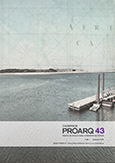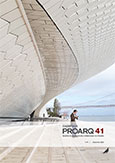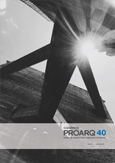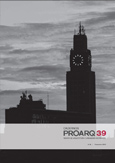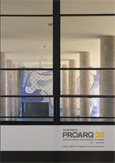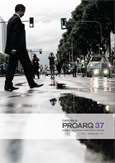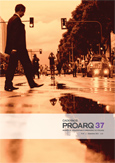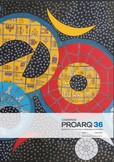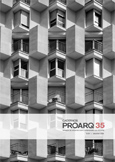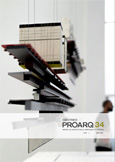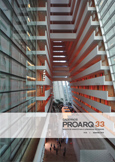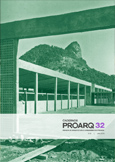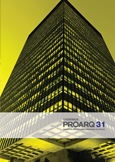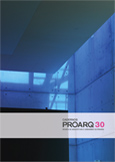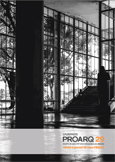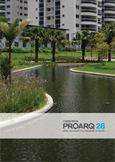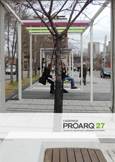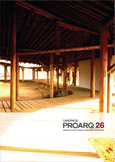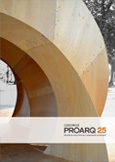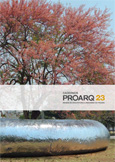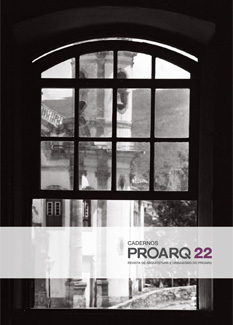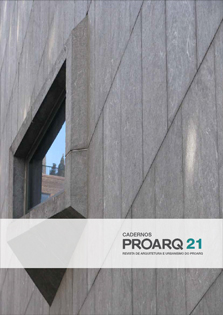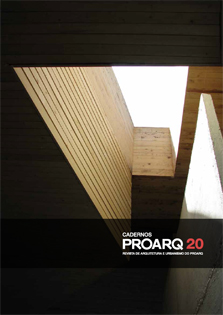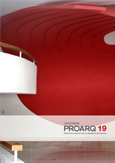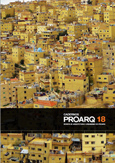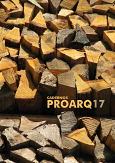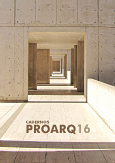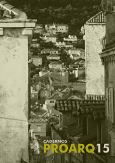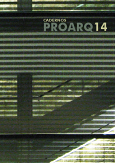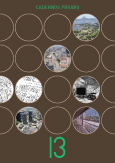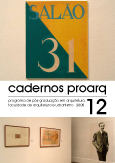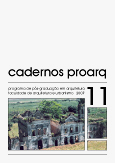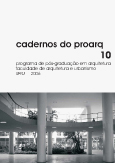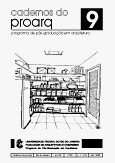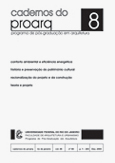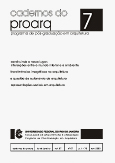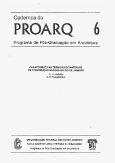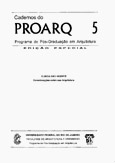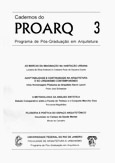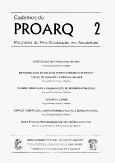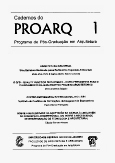History of the Journal
PROARQ, one of the oldest and most traditional postgraduate programs in Architecture in the country, began operations in 1987. At the time of its opening, only the master's course in architecture from USP (São Carlos, 1971 and São Paulo 1972), and Bahia (1983) in Brazil was available . The only one which offered a doctorate was FAU-USP, established in 1980. During the process of course consolidation, there were limited choices in courses, thus resulting in the absence of an academic environment conducive to research. This lack of coursework and research caused the publication of scientific studies in the area to be well below international levels. Adding to the these factors it was difficult to find specialized national journals for publishing high-level academic and scientific work in Brazi that focused on scientific levels of architecture.
Within the universities, some publications excelled in this endeavor, such as the journal Gávea (PUC-RJ 1985-1997) and Óculum (PUC-Campinas, 1985-1997); Arquitetura-Revista (UFRJ, 1985-1990), Rua (UFBA, 1988-1990/irregular up to 2006), Revista Pós (FAU-USP, 1990-present). However, the irregularity or short life that hindered them reflected the difficulties such programs faced – that of maintaining the editorial work that supported the publishing of the research which helps to strengthen the academic debate in the architecture colleges. Complications occurred not only because of the small number of journals, but also because most were focused on academic research within their own faculty and alumni work. Foreign journals were not always fined with the current research situation and in Brazil, which resulted in many researchers choosing to publish in journals aimed at transversal Architecture themes, such as, Urban Planning, Human Geography, History, among others.
This gap in relevant research, as well as the desire to contribute to the production of knowledge in our area, motivated the creation of the Cadernos Proarq. To meet the commitments of such an undertaking, the journal was released as part of the ten-year anniversary celebrations of the postgraduate program, or in other words, when we felt sufficiently structured, as a post-graduate program, to meet the commitments required of such an undertaking.
The first two editions of the Cadernos Proarq date from 1997, and were under the editorial coordination of Professor Vicente Del Rio. The scientific committee for the first editions of the papers was comprised of doctorate Professors: Eduardo Qualharini, Leopoldo Bastos, Olínio Coelho and Jules Slama, each representing the three main structural areas of the PROARQ at that time: technology, environmental comfort and history of architecture.
Since then we have witnessed the rapid expansion of architecture courses in the country as well as the demand for better training of the technical staff in all the productive sectors of our society. The demand for postgraduate courses has expanded, research lines have diversified and there has been a substantial increase in research activities. In alignment with such changes, the PROARQ Journal over the years has been responsible not only for the consolidation of scientific research in architecture, but also for the growth and development of the editorial proposals. It also strived to publish a quality annual journal with contributing articles from various sources, subject to the scrutiny of a competent body of reviewers and available to anyone who has internet access.
The first step of structuring a democratic source for the exchange and dissemination of academic research in the field of Architecture and Urbanism having been taken, the following steps desired for the improvement of the journal in all its phases: collection of articles at specific times to ensure their bi-annual publication; renowned scientific committee; austerity in the evaluation and selection of texts; rigorous revision and high-quality graphic design. In order to achieve this first step, the cohesion of the whole PROARQ organization was of utmost importance in channeling important information and to enable ample development in our area.
